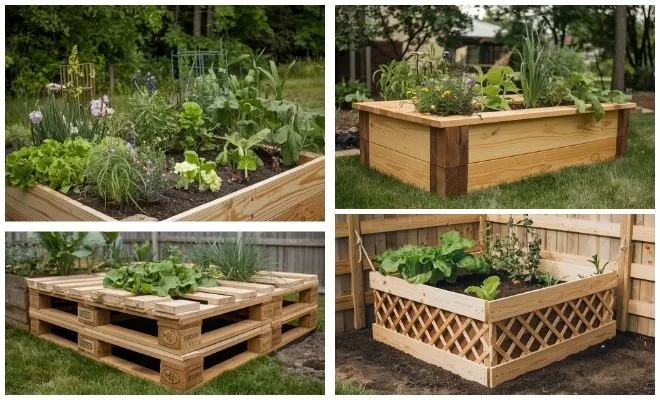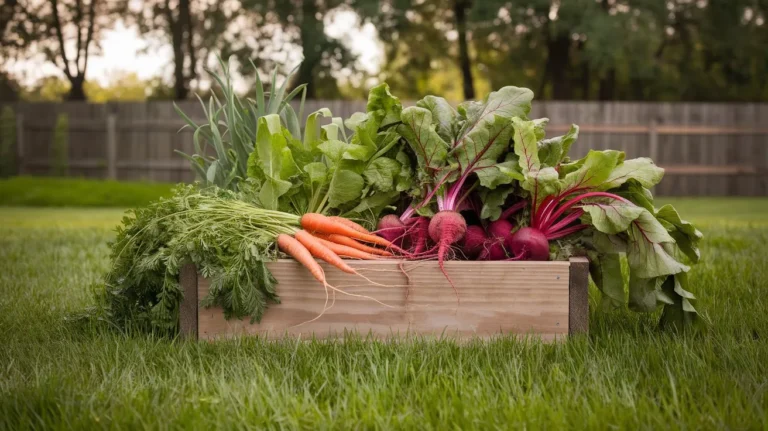10 Fall Vegetables Perfect for Your Homestead Garden

Fall gardening is a game-changer for homesteaders. It extends your harvest season, saves money, and boosts your flock’s nutrition. Don’t let cooler weather stop you from growing delicious, homegrown vegetables.
I’ve listed 10 fall garden vegetables to plant this fall. You can grow from kale to spinach, carrots, beets, and some other plants, they come as nutritious supplements for backyard flocks. You’ll also face fewer pests, making organic gardening easier.
Furthermore, fall planting can offer you an early start on next spring’s garden. Intrigued? Let me show you how to plant the best fall garden crops and use them in backyard flocks!
Table of Contents
5 Importance of Fall Gardening for Homesteaders
Fall gardening seems counterintuitive. But for homesteaders, it’s a secret weapon to extend the harvest season, save money, and provide a nutritious boost to your flock. Want to know why Fall vegetables perfect for your homestead garden and their importance? Here’s why –

- Beat the Winter Blues: Fall gardens keep your table stocked with fresh, delicious vegetables long after summer bounty fades. You’ll be enjoying homegrown salads and roasted root veggies well into winter, a welcome change from store-bought options.
- Cooler Temperatures, Tastier Treats: Many vegetables actually thrive in the cooler fall weather. They experience less stress, leading to sweeter carrots, more tender greens, and stronger-flavored brassicas like broccoli and cauliflower.
- Less Pest Pressure: Say goodbye to pesky summer bugs! Fall gardens generally encounter fewer insect and disease problems, making organic gardening easier and reducing the need for pesticides.
- Happy Hens & Healthy Ducks: Fall vegetables are packed with vitamins and minerals that benefit your feathered friends. From leafy greens rich in calcium to root vegetables with essential beta-carotene, provide a nutritious supplement to their regular feed.
- A Head Start on Spring: Fall planting isn’t just about the fall harvest. Some cold-hardy vegetables like beets and parsnips can actually benefit from a light frost, storing well in the ground over winter.
Top 10 Fall Vegetables to Plant for Homesteaders
I’d be happy to guide you through planting these 10 fall vegetables, with a focus on homesteading and backyard poultry. As an experienced gardener, I’ll share my personal tips and experiences with each plant.
1. Kale
In my garden, kale is a staple for both my family and our flock. I prefer ‘Lacinato’ (Dinosaur) kale for its frost tolerance and rich flavor.
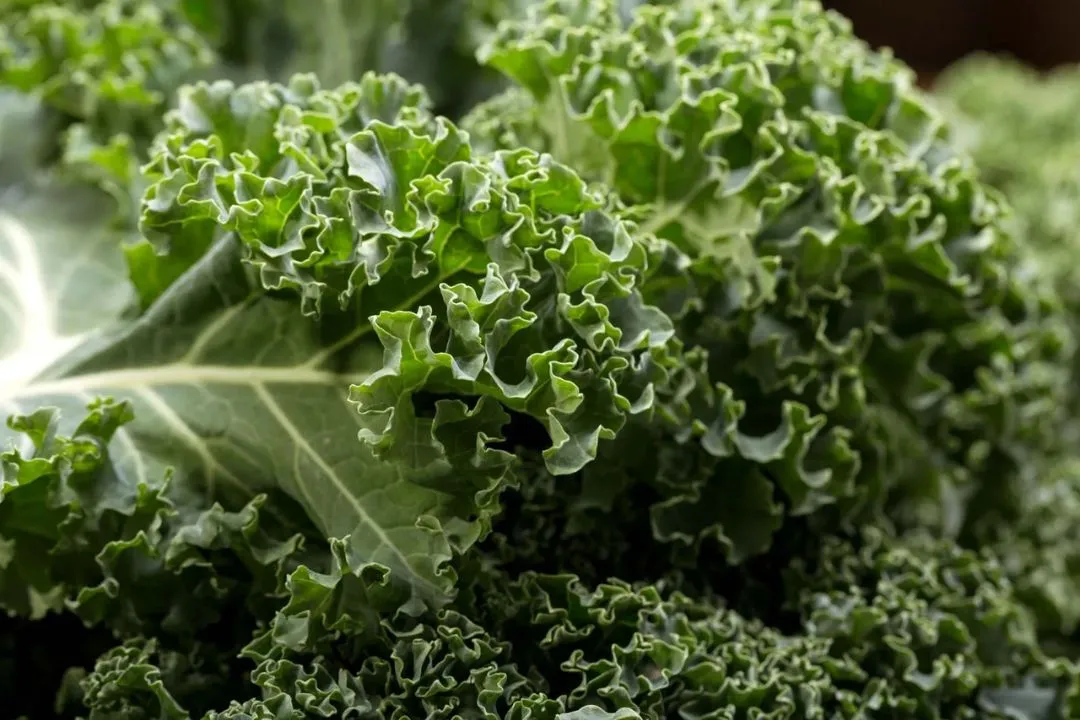
To plant, I sow seeds directly in well-draining soil about 8 weeks before the first frost. I space them 18-24 inches apart to allow for full growth.
Kale is packed with vitamins A, C, and K, as well as antioxidants.
For our chickens and ducks, it’s a nutritional powerhouse that supports egg production and overall health. I often hang whole kale leaves in the coop for the birds to peck at, providing both food and entertainment.
2. Spinach
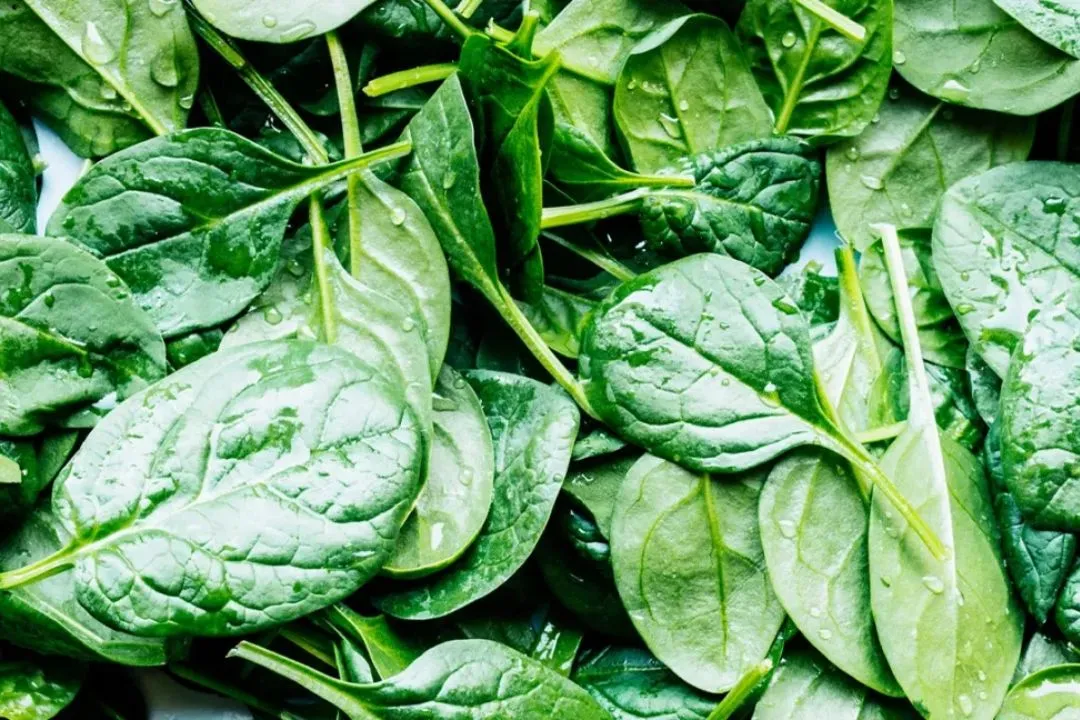
Spinach is a quick grower in my fall garden. I like to plant ‘Bloomsdale Long Standing’ for its cold hardiness. I sow seeds every two weeks for a continuous harvest, placing them about 1 inch apart in rows 12 inches apart.
Our ducks especially love spinach, and it’s a great source of iron and calcium for them. I’ve noticed improved egg quality when I regularly supplement their diet with spinach leaves.
3. Carrots
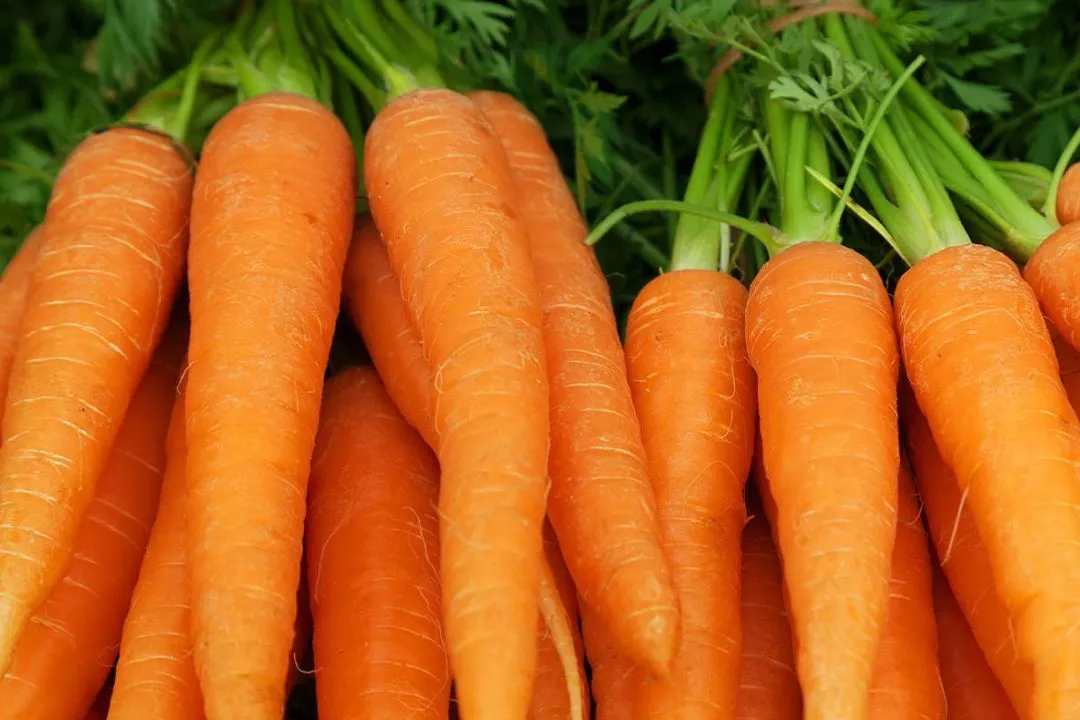
For fall carrots, I prefer ‘Danvers Half Long’ as they mature quickly and store well. I sow seeds directly in loose, stone-free soil about 12 weeks before the first frost. I thin seedlings to 2-3 inches apart when they’re about 2 inches tall.
To store carrots for winter, I leave some in the ground with a thick layer of mulch. For others, I store them in damp sand in a cool, dark place. Carrots make excellent treats for chickens and ducks when grated or chopped.
4. Beets

‘Detroit Dark Red’ is my go-to beet variety. I plant them about 8 weeks before the first frost, sowing seeds 1 inch deep and 4 inches apart. The greens are ready to harvest in about 30 days, while the roots take about 60 days.
Both the greens and roots are nutritious for poultry. I often chop the roots and mix them into our chickens’ feed for added nutrients.
5. Radishes
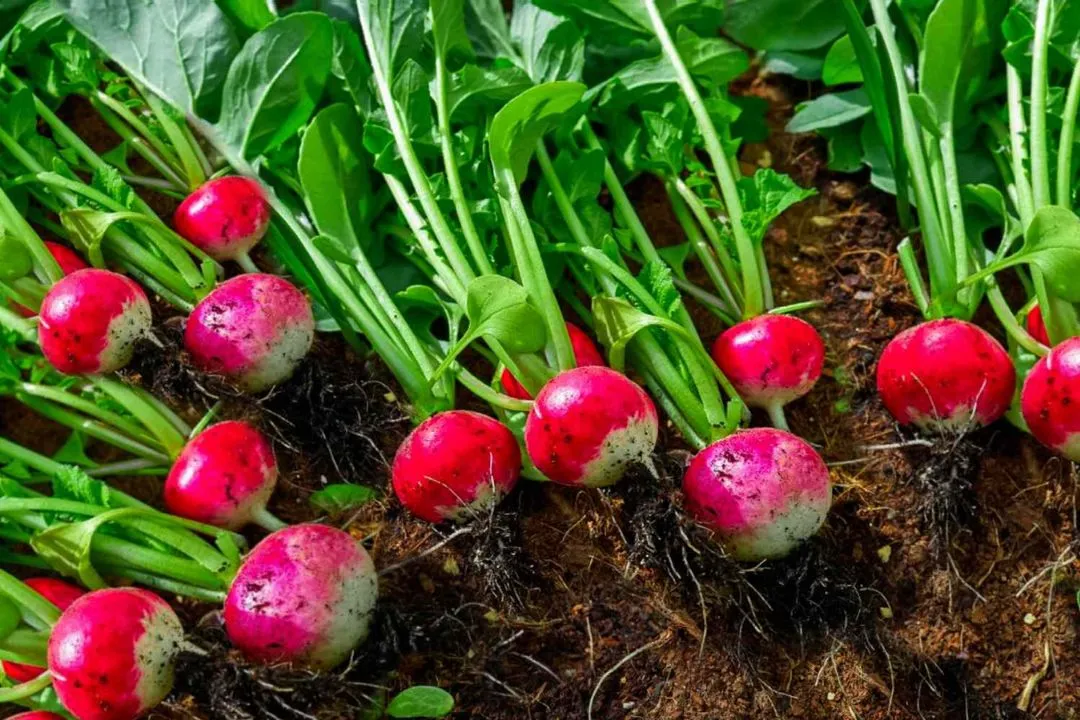
For fall, I love planting ‘Cherry Belle’ radishes. They’re ready in just 25 days! I sow seeds 1/2 inch deep and 1 inch apart, then thin to 2 inches as they grow.
The greens are a favorite treat for our ducks. I’ve found that offering radish greens helps keep our ducks occupied and reduces feather-picking behavior.
6. Lettuce
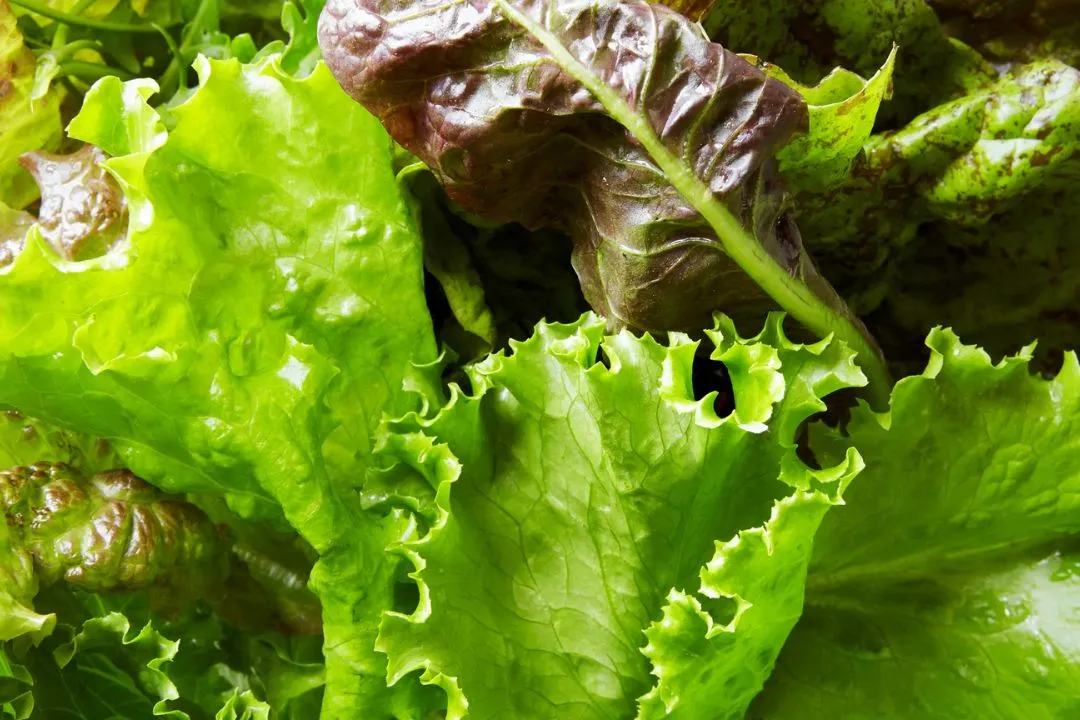
‘Winter Density’ is my preferred fall lettuce. I start seeds indoors and transplant them 4-6 weeks before the first frost. I plant them 8 inches apart and use row covers on frosty nights.
For a continuous harvest, I plant new batches every 2 weeks. Our chickens love pecking at lettuce leaves, and it’s a great way to keep them hydrated.
7. Swiss Chard
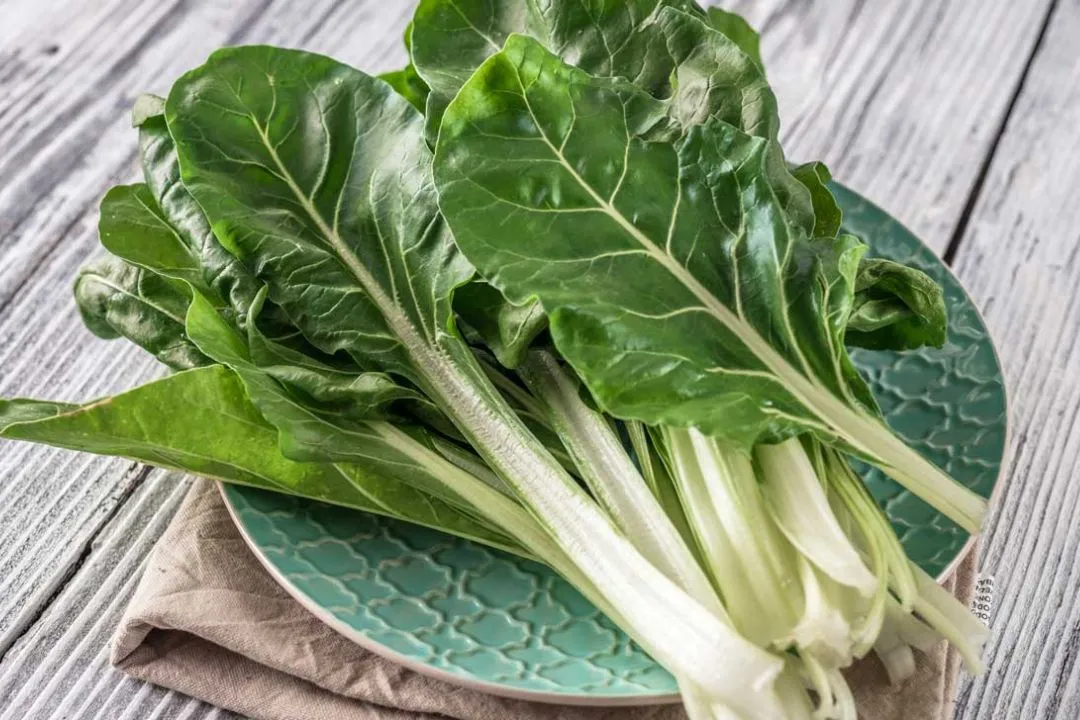
‘Bright Lights’ Swiss chard adds beautiful color to the fall garden. I sow seeds directly 40 days before the first frost, spacing them 12 inches apart. It’s incredibly hardy and often survives well into winter with some protection.
Chard is rich in vitamins A and C, making it excellent for poultry health. I chop the stems finely and mix them with feed for our ducks and chickens.
8. Broccoli
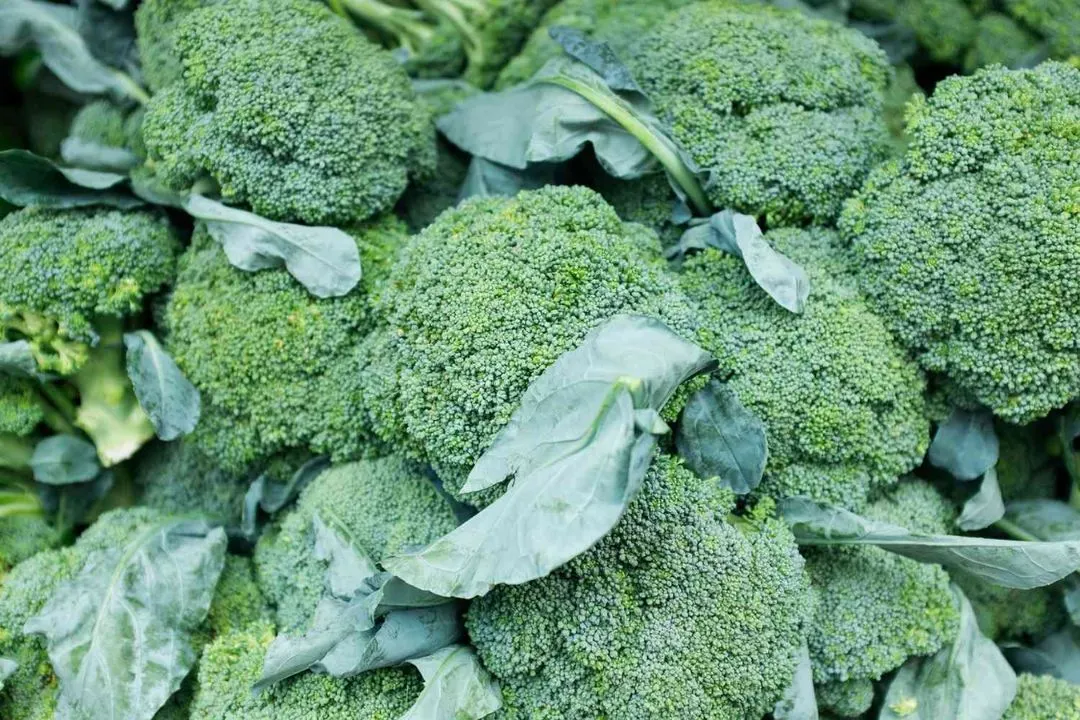
I prefer starting broccoli from transplants in the fall. ‘Waltham 29’ is my go-to variety. I set out transplants 6-8 weeks before the first frost, spacing them 18 inches apart.
After harvesting the main head, I leave the plant to produce side shoots. The broccoli leaves are a nutritious treat for our chickens, rich in calcium and vitamin K.
9. Peas
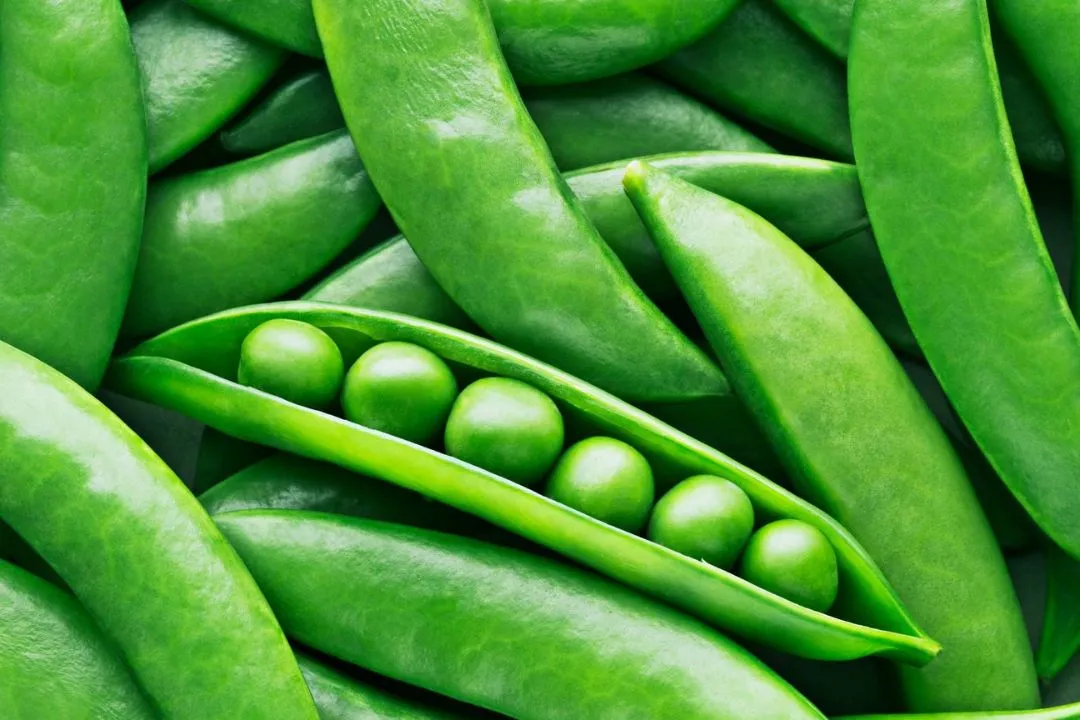
For fall, I plant ‘Oregon Sugar Pod II’ snow peas. I sow them directly about 8-10 weeks before the first frost, 1 inch deep and 2 inches apart. They’re quick to mature and fix nitrogen in the soil, benefiting next year’s crops.
Our chickens and ducks love pea shoots. I often grow extra just for them, as it’s a great source of protein and vitamins.
10. Garlic
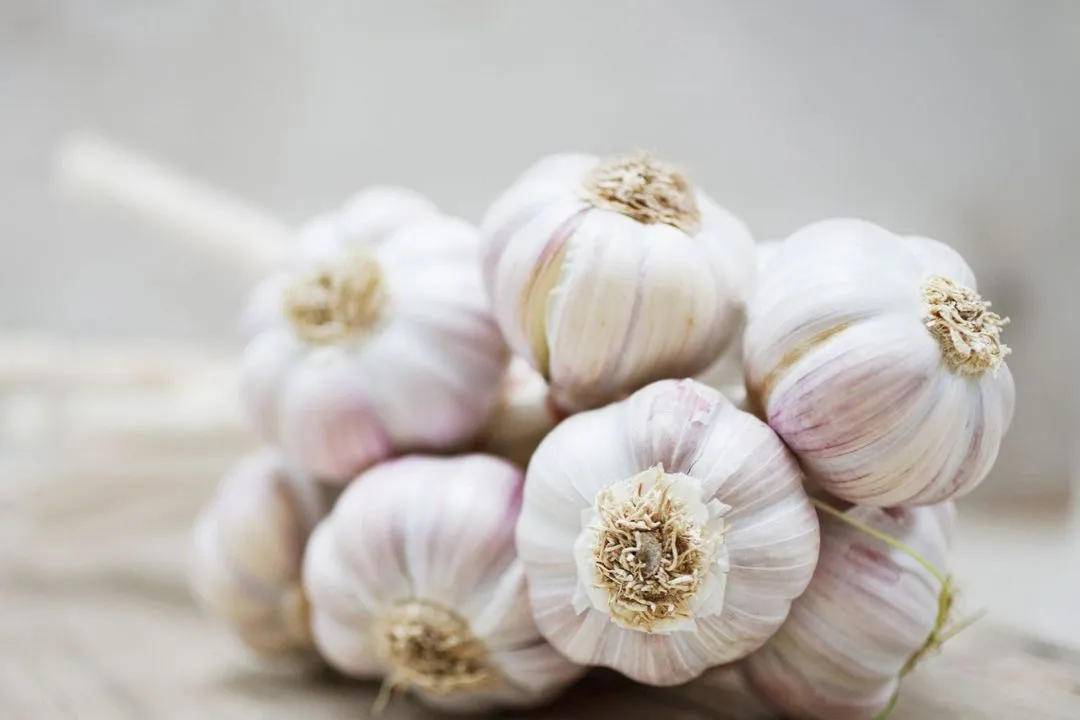
I plant garlic in late fall for harvest the following summer. ‘Music’ is my favorite hardneck variety. I plant individual cloves 4 inches deep and 6 inches apart, pointy end up.
While garlic isn’t a regular part of the poultry diet, I sometimes add small amounts to their water during cold months as a natural immune booster.
Note: Most of these vegetables should be planted in late July or early August.
See the video to get more information about fall garden vegetables to plant!
How to Integrate Your Fall Garden with Poultry? 8 Ways!
So, the plant suggestion is ready, right? But how about introducing such plants to your backyard flocks? See the guide to learn how you can save your pennies by planting such plants!
1. Rotational Grazing

In my garden, I use a system of portable fencing to create temporary enclosures. After harvesting a bed, I move my chickens and ducks into that area. They scratch up the soil, eat any leftover plant material and pests, and fertilize as they go. It’s amazing how quickly they can turn over a bed!
For example, after harvesting my fall peas, I let the birds in for a few days. They clean up any dropped peas and disturb the soil just enough to work in the nitrogen-rich plant matter. It’s perfect preparation for next season’s heavy feeders like broccoli or kale.
2. Pest Control
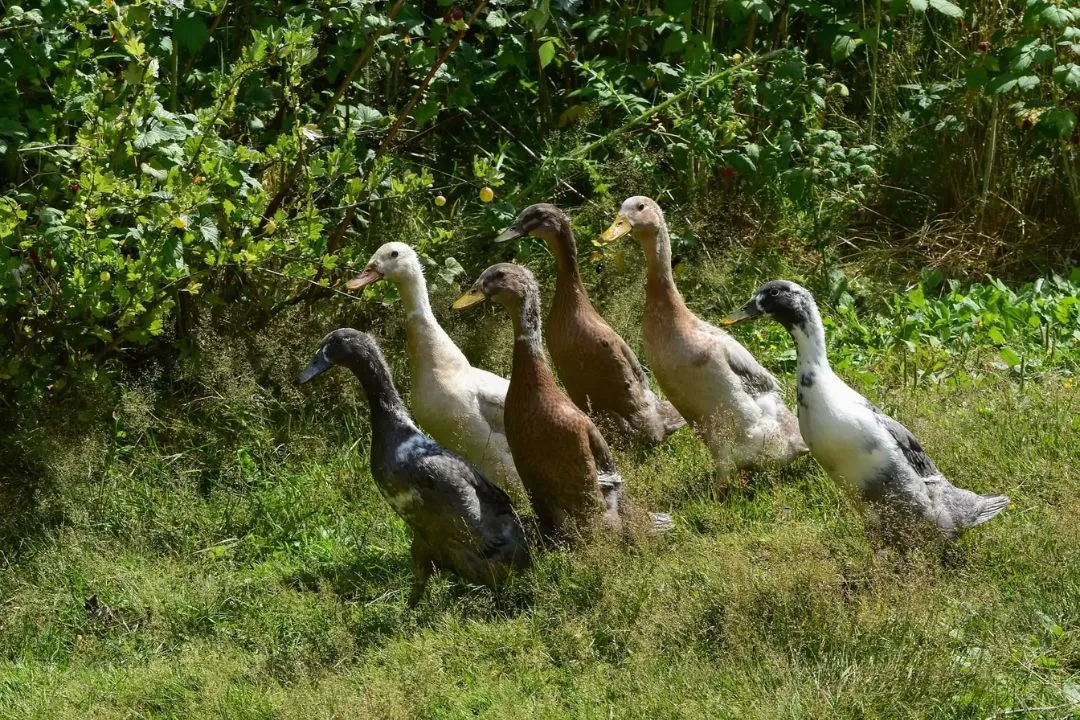
My ducks are phenomenal slug hunters. In early fall, when slugs can be a real problem for young seedlings, I let the ducks patrol the garden in the mornings. They’re particularly helpful around my lettuce and spinach beds.
Just be sure to supervise – ducks can develop a taste for tender greens too!
Chickens are great for reducing the cabbage moth population. I let them forage around my brassica plants (broccoli, kale, etc.) for short periods. They snap up the moths and caterpillars without damaging the mature plants.
3. Composting Allies
I’ve set up my compost pile near the chicken coop.

Throughout fall, I add garden waste like yellowing leaves from my Swiss chard or overmature radish greens to the pile. The chickens love scratching through this, breaking down the materials faster and adding their own nitrogen-rich manure to the mix.
4. Winter Protection
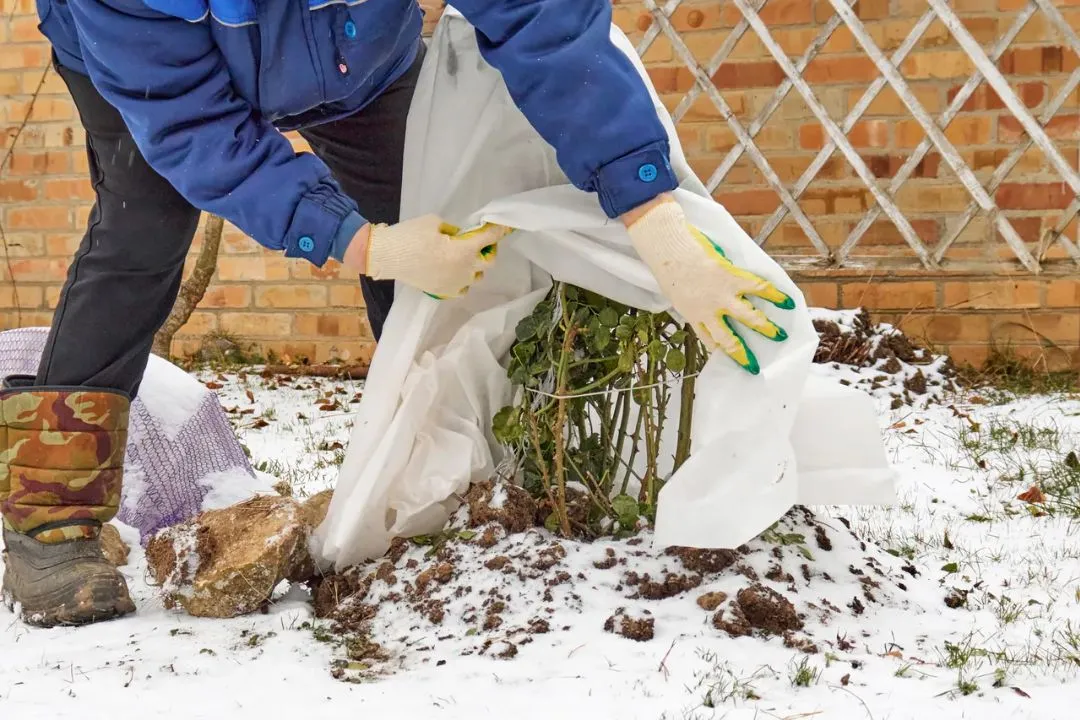
As winter approaches, I use my chickens to help prepare some beds for the cold. After harvesting my carrots, I let the chickens scratch and turn the bed, then I heavily mulch it with straw from their coop. This protects the soil over winter and adds organic matter.
5. Supplement Feed
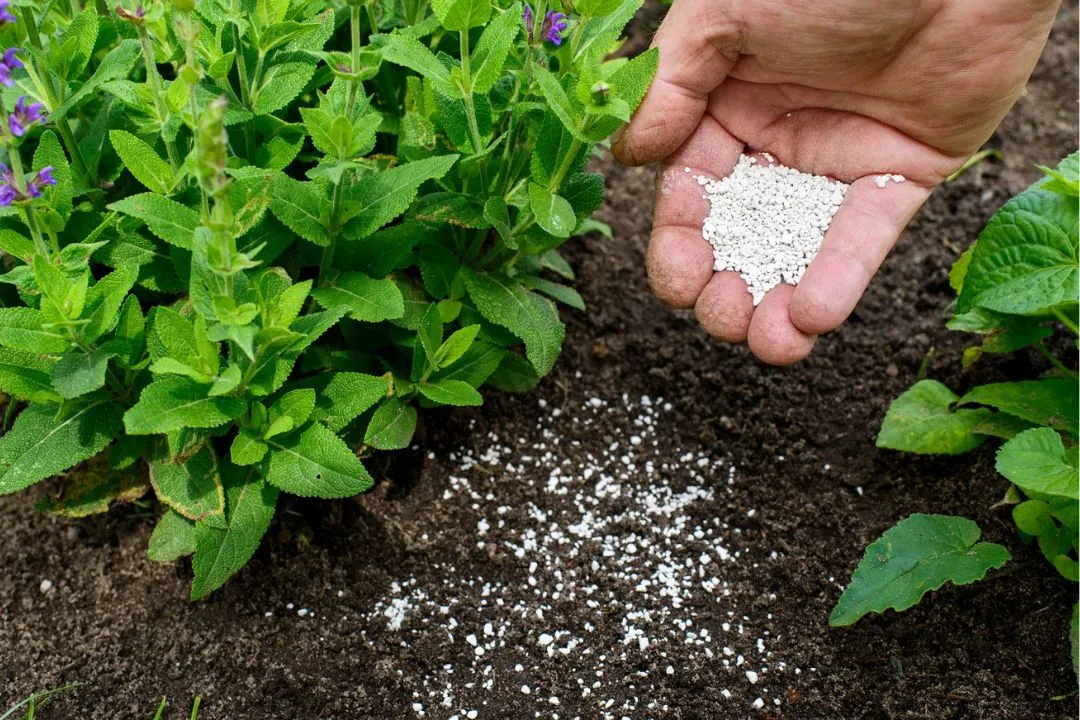
My fall garden provides a significant amount of supplemental feed for my poultry. I plant extra rows of leafy greens like kale and spinach specifically for them. I harvest these regularly, chopping them up to mix into their feed or hanging whole leaves in the coop for them to peck at.
Whenever I think my fall beets or carrots, those young plants go straight to the chickens. They also get any split radishes or imperfect lettuce heads. This reduces waste and provides nutritious variety in their diet.
6. Garlic-Infused Water

While my fall-planted garlic won’t be ready until next summer, I use some of last year’s harvest to boost my flock’s health. During cold snaps, I crush a clove of garlic into their water. It’s a natural immune booster that helps ward off respiratory issues.
7. Cover Crop Management
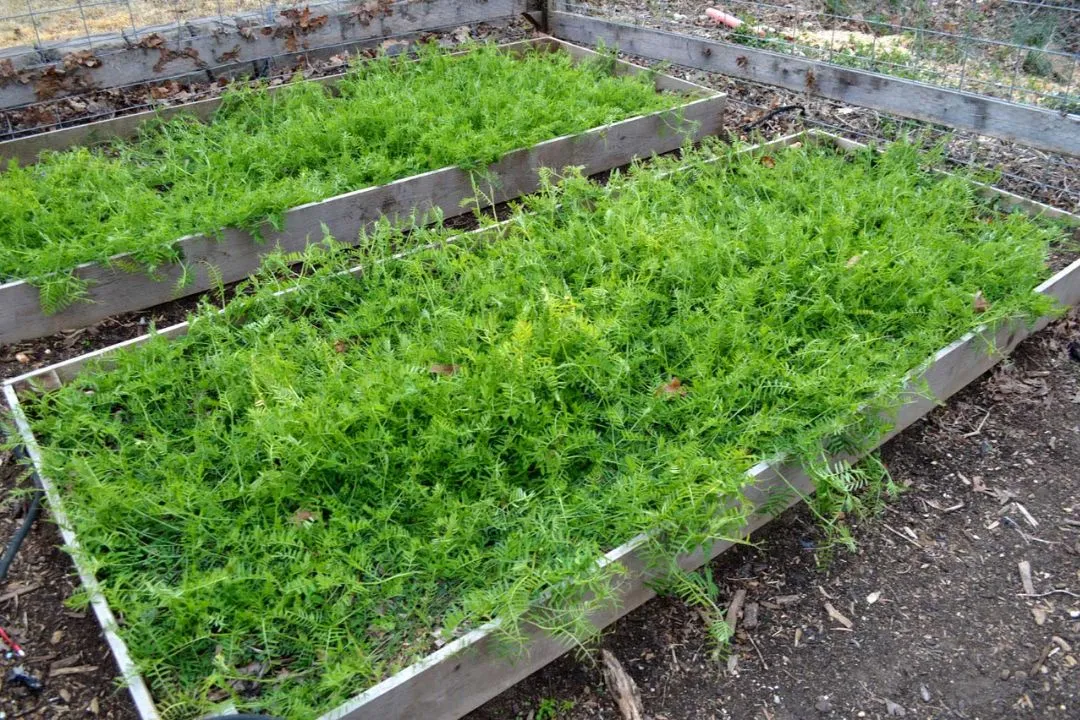
I use cover crops like winter rye in some beds to protect and enrich the soil. In spring, before the rye goes to seed, I let the chickens in to graze it down. They love the fresh greens, and it saves me the work of cutting it down myself.
8. Teaching Moments
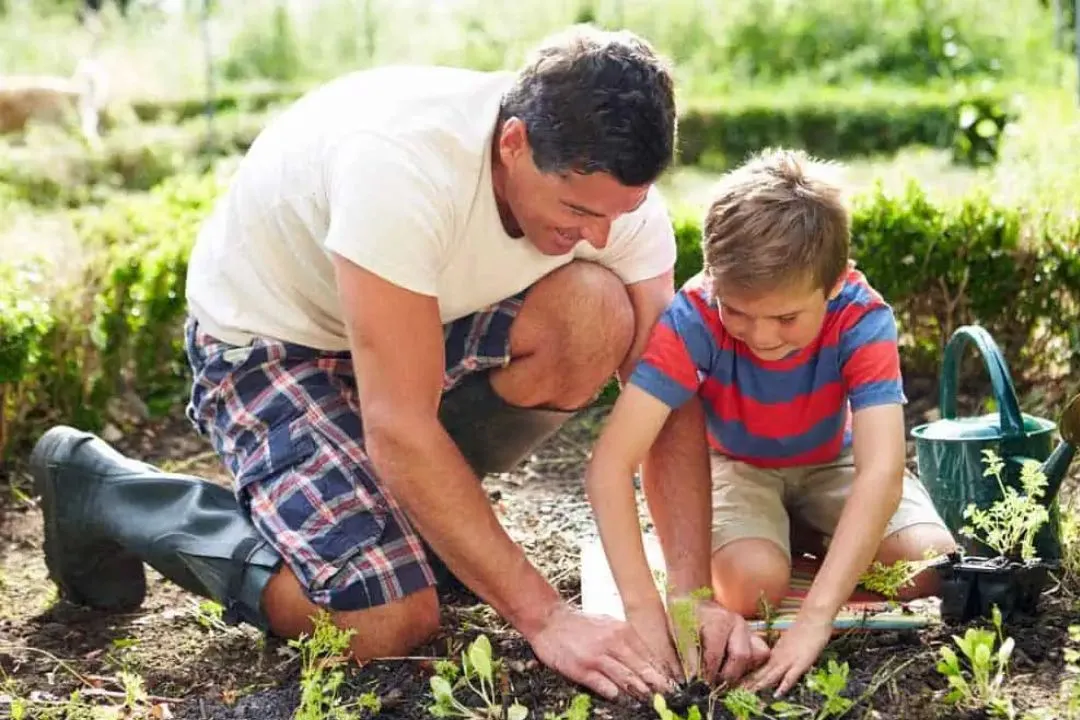
Integrating poultry into the fall garden provides great learning opportunities for my kids. They help collect eggs, feed kitchen scraps to the chickens, and understand the cycle of how chicken manure becomes compost, which then feeds our veggies.
FAQs
Questions about homesteading and vegetable plant gardens? The following section may help you out!
Q. How much should I plant for my chickens and ducks?
The amount depends on the number of birds you have and how much supplemental food they receive. Start with a small planting and adjust based on consumption.
Q. How can I protect my fall vegetables from frost?
Depending on your climate and expected frost dates, you can use row covers, cold frames, or cloches to protect tender plants. Hardening off seedlings before transplanting also helps them tolerate cooler temperatures.
Q. Can chickens and ducks eat the same vegetables?
Yes, most of the vegetables mentioned are safe for both chickens and ducks. However, ducks are better suited for tougher greens like kale and collard greens, while chickens might prefer softer lettuce varieties.
Final Word
Fall gardening is a win-win for homesteaders and their poultry, offering fresh vegetables for your table and nutritious treats for your flock well into the colder months. Integrating your garden with chickens and ducks creates a sustainable cycle of nutrients and pest control.
However, successful integration requires close observation and management to prevent overgrazing or plant damage. With careful planning, your fall garden can become a cornerstone of your homestead’s self-sufficiency. What’s lovely is it’ll enrich both your meals and your flock’s diet.

